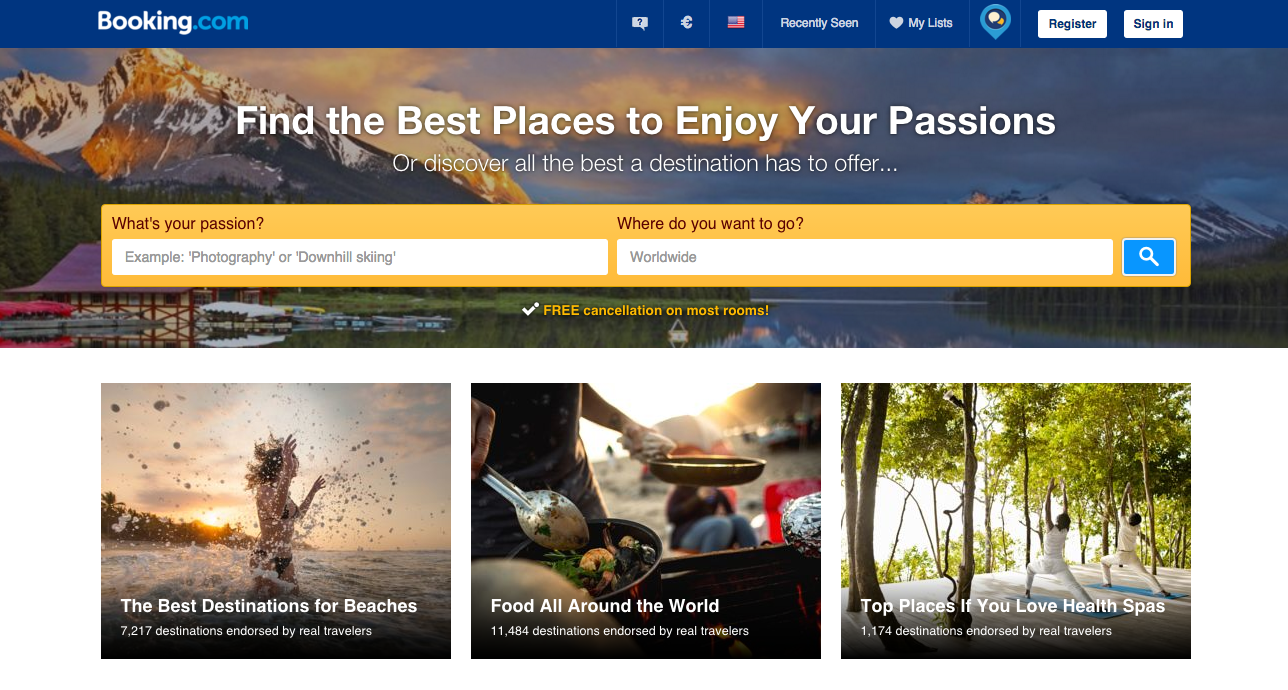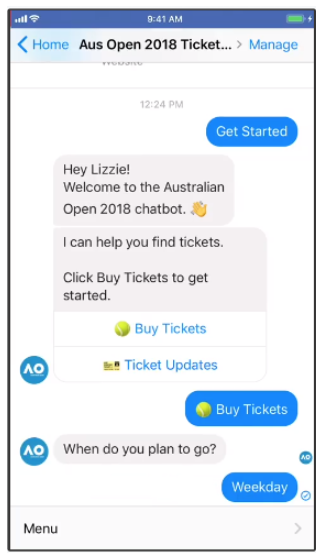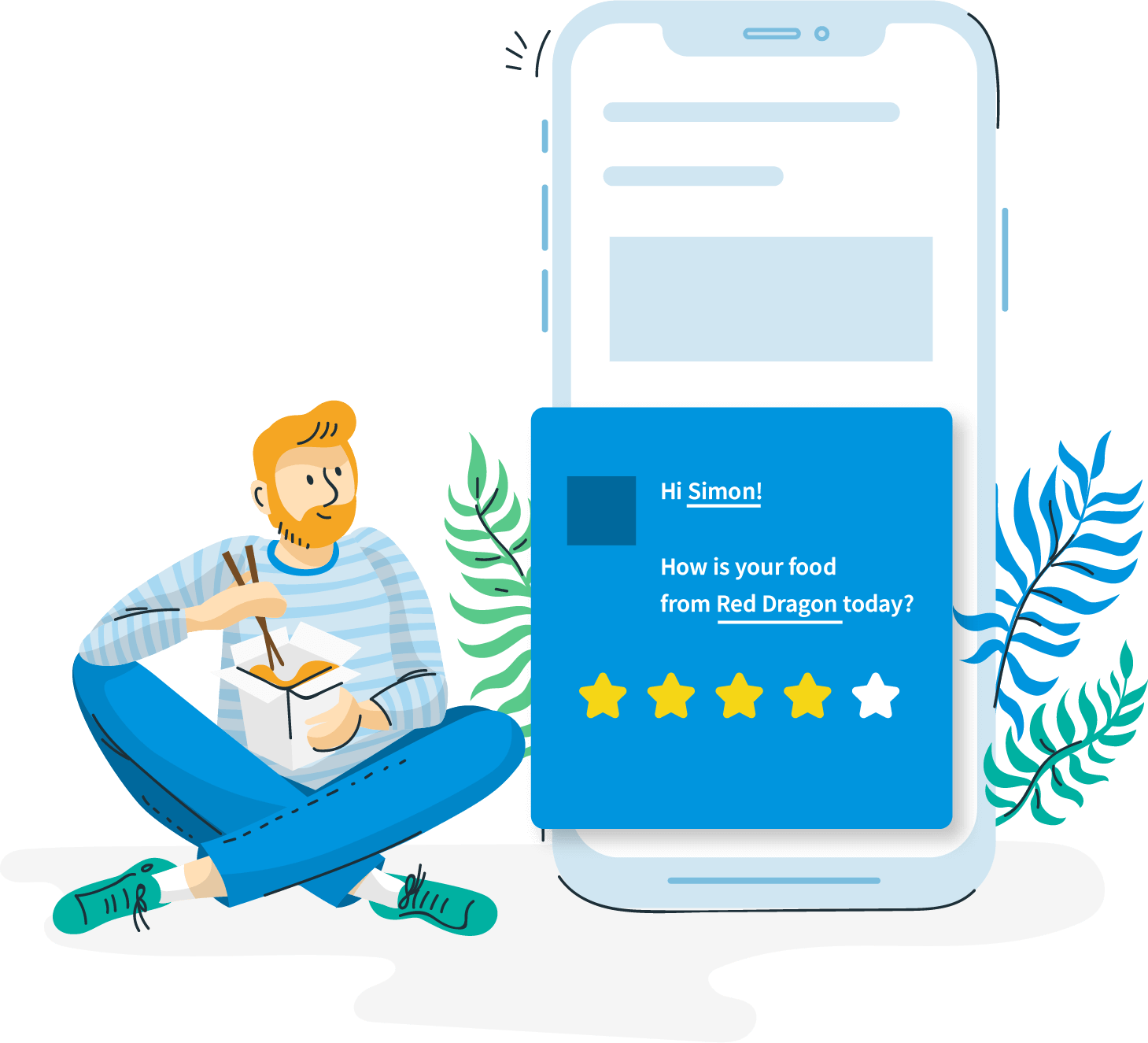Conversational Marketing: An Intelligent Way to Connect with Your Users
From cafes to corporate boardrooms, conversations bring people together. If that is the case, shouldn’t marketing, which is everything about people should also be conversation-centric? New-age marketers have understood this truth, and that has led to the rapid wildfire-like adoption of conversational marketing.
If you are someone who is hearing (or reading) the term ‘conversational marketing’ for the first time, all this could seem like random hullabaloo.
So, what is conversational marketing?
Conversational marketing is basically using the power of conversations to drive a marketing message. A combination of rich chat interface combined with technologies like Artificial intelligence and Machine Learning enables conversational marketing.
Live chat, chatbots, social chat apps (like Facebook Messenger, WhatsApp, etc.) are all part of the conversational marketing ecosystem.
Google, Facebook, Amazon, and Apple are the leading tech companies that are helping businesses use conversational marketing to their advantage. In other words, if you have used Facebook Messenger Bot to interact with a business page, you have interacted with conversational commerce.
How did conversational commerce become vogue? Right now, customers use more instant messaging apps and social mediums for conversations.
So, it is natural that marketing should also happen via the same medium. As you must already know, marketing does not yield results without a proper strategy.
Need for a Conversational Marketing Strategy
A strategy is bringing together all forces and efforts and directing them towards one goal. In marketing, a strategy helps unify the marketing message, the medium and drive users further down the marketing funnel so that they convert better. To get the maximum benefit, marketers need to have a conversational marketing strategy.
A conversational marketing strategy will:
- Help drive one-to-one conversations with users.
- Scale the number of parallel conversations without limits.
- Work with 99.99% uptime without any interruptions.
Now, traditional marketing relies on dynamic text messages that lack personalisation. Conversational marketing, which is most often powered by Artificial Intelligence, Machine Learning, Natural Language Processing, etc. can help drive personalized conversations.
Today, there are specific technologies that help ramp up your engagement with users by delivering contextual conversations. But, technologies for winning users have always been around. What was missing was the right way to use them. It is here that conversational marketing can be leveraged.
5 Ways to Leverage Conversational Marketing to Win Users
From engaging first-time users with personalized chats to qualifying leads based on text analysis, conversational marketing can be leveraged to win over users in several ways.
Let’s explore some possible ways that are already been tried, tested, and proven to be successful by businesses.
1. Offer Personalized Content
Have you ever tried planning a foreign trip on your own without asking for anyone’s help? Try it once and see how many questions arise in your mind before making a final decision.
Turns out, most customers need personalized content from brands to help them decide better. In fact, a study conducted by Marketing Insider Group, more than 78% of U.S. internet users said personally relevant content from brands increases their purchase intent.
That said, wouldn’t it be great if you can serve personalized content to your website visitors each time they stumble in. Conversational marketing shows the way to serve such personalized content that is based on the user’s past behaviour with the website, their recent interaction through email marketing, and so on.
For instance, in the case of foreign trip planning, a travel website can deliver personalized content like packing checklist, things to do, itineraries, and so on that will heighten the visitor’s purchase intent.
Booking.com’s home page is a classic example of offering personalized content.

2. Chatbots for Lead Qualification
One of the biggest challenges that every marketer grapples with is a lead qualification. Like in the case of friends, it is not the number of leads that always matters, but it is their quality. Given the number of tasks on their plate, it is not possible for marketers to sift through every single lead to qualify and disqualify them for the sales pipeline.
A scalable, yet reliable system is needed for lead qualification, which is where chatbots can step in. Chatbots are basically computer programs that can render canned responses to static phrases.
Chatbots when infused with Artificial Intelligence (AI) and Machine Learning (ML), become capable of learning from user conversations and can deliver dynamic responses.
This makes them a perfect choice for lead qualification. Chatbots can present to website visitors the several service offerings of the business. The questions can be framed to measure the purchase intent and urgency of the prospect. AI and ML rules can tell the chatbot which prospects should be qualified and which ones are to be shown the door.
If you are wondering if this is feasible in a real-world scenario, here’s a little snippet about the success story of Tennis Australia. Tennis Australia was able to ramp up its ticket sales by a whopping 170% with the help of a Facebook Messenger Bot.
The bot offered users with the option to buy tickets or get ticket updates. Users who opted for ‘buy ticket’ option were immediately directed to a payment page to complete the ticket purchase.

Image Source
3. First-Time User Onboarding
When it comes to user onboarding, first impressions are everything. No first-time user would like to feel lost, which is why it is extremely important for any app or service to get their onboarding flow right. If done right, user onboarding can unlock several insights about which features excite customers, how they behave within the app, what makes them stay, and what makes them leave.
There are targeted website survey tools which can target questions to customers on your website no matter which page they are in. Further, the questions can be primed to get the right response from the visitor based on their current activity.
For example, if a customer is on the sign-up or trial page, but has not signed up, the survey tool can ask, “If you did not sign up today, can you tell us why not?”
This is exactly how Qualaroo, the user research and feedback tool works.

Conversations form the foundation of survey apps like these. Although they may not interact with users in a dialogue, they get some kind of response in return — like a star rating, a monosyllabic reply, a tap on the screen, etc., all of which can be counted as conversations in the digital medium.
4. Funnel or Activity-Based Live Chat
Live chat has since long been used to provide round-the-clock customer assistance and engagement on websites. The right way to use live chat would be to place them in them at appropriate junctures that match the customers intent.
Consider an example. A visitor has landed on your home page by clicking on a paid ad. He/she then proceeds to the features page from where they click their way into the pricing page.
Now, in this given path, the visitor has a deeper understanding of what the product is, what it offers, and how much it will cost. Their intent would be to sign up or look for more information.
Hence, the live chat can be configured for prompts like, “What are you planning to use our software/service for?” or “What is your monthly average traffic?” or “What is your budget?” etc.
Of course, to be capable of delivering such intelligent prompts based on user activity on the website, the live chat tool must be intelligent enough.
5. Paid Conversational Ads
No marketing is ever complete without paid ads. After all, they are the quickest way to reach the target audience directly. But, once you reach your target audience, shouldn’t they be made interested in your ad and its message?
Conversational ads can go beyond mainstream static ads and engage with customers in meaningful interactions. They come enabled with rich micro-moments that create an instant connect with users.
Furthermore, they can also be scaled across web and mobile seamlessly ensuring maximum visibility for the display ad. Conversational display ad tools like Adlingo help create targeted paid conversational ads for all kinds of products and services.
Final Words
A short conversation can spark a lifelong relationship. In business, it is termed as customer lifetime value (CLTV). Conversational marketing can create customers with high CLTV. Conversational marketing is not a single marketing technique, but a culmination of many such techniques.
Brands have already started leveraging conversational commerce to their benefit. Shouldn’t your business do too?
 Sam Makad is an experienced writer at studyclerk.com and marketing consultant. His expertise lies in marketing and advertising. He helps small & medium enterprises to grow their business and overall ROI. Reach out to Sam Makad on Twitter or LinkedIn.
Sam Makad is an experienced writer at studyclerk.com and marketing consultant. His expertise lies in marketing and advertising. He helps small & medium enterprises to grow their business and overall ROI. Reach out to Sam Makad on Twitter or LinkedIn.
How to Use AI-Powered SEO Tools for WordPress eCommerce
SEO is a critical factor in the success of any e-commerce WordPress store. As competition…
0 Comments11 Minutes
Why Short-Form Videos Are the Future of Content Marketing
Your Instagram customers spend over 50% of their time watching short-form videos and reels. Rather…
0 Comments12 Minutes
The Role of Digital Marketing in Business Growth
Online marketing touches every aspect of a business, whether it is initiating the idea or for an…
0 Comments3 Minutes
AI Meets Authenticity: Balancing Automation and Human Touch in Content Marketing
Is your brand starting to sound like a robot? In a world where algorithms write faster than any…
0 Comments8 Minutes
Essential Tools for Enhancing Web Design and UX Hosting
Have you ever visited a website that felt slow, clunky, or confusing? A website that is poorly…
0 Comments11 Minutes
How a Mini Cart Transformed My Store’s Shopping Experience
Okay, real talk—running an online store is hard. You think you’ve got everything figured out, you…
0 Comments9 Minutes
Balancing Your Security Initiatives With Industry Compliance Requirements
Managing a business today comes with a number of daily battles that need to be fought. Resources…
0 Comments11 Minutes
Best plugins to enhance the customer shopping experience
Customer experience is a key part of every online store. A good experience helps customers find…
0 Comments7 Minutes








